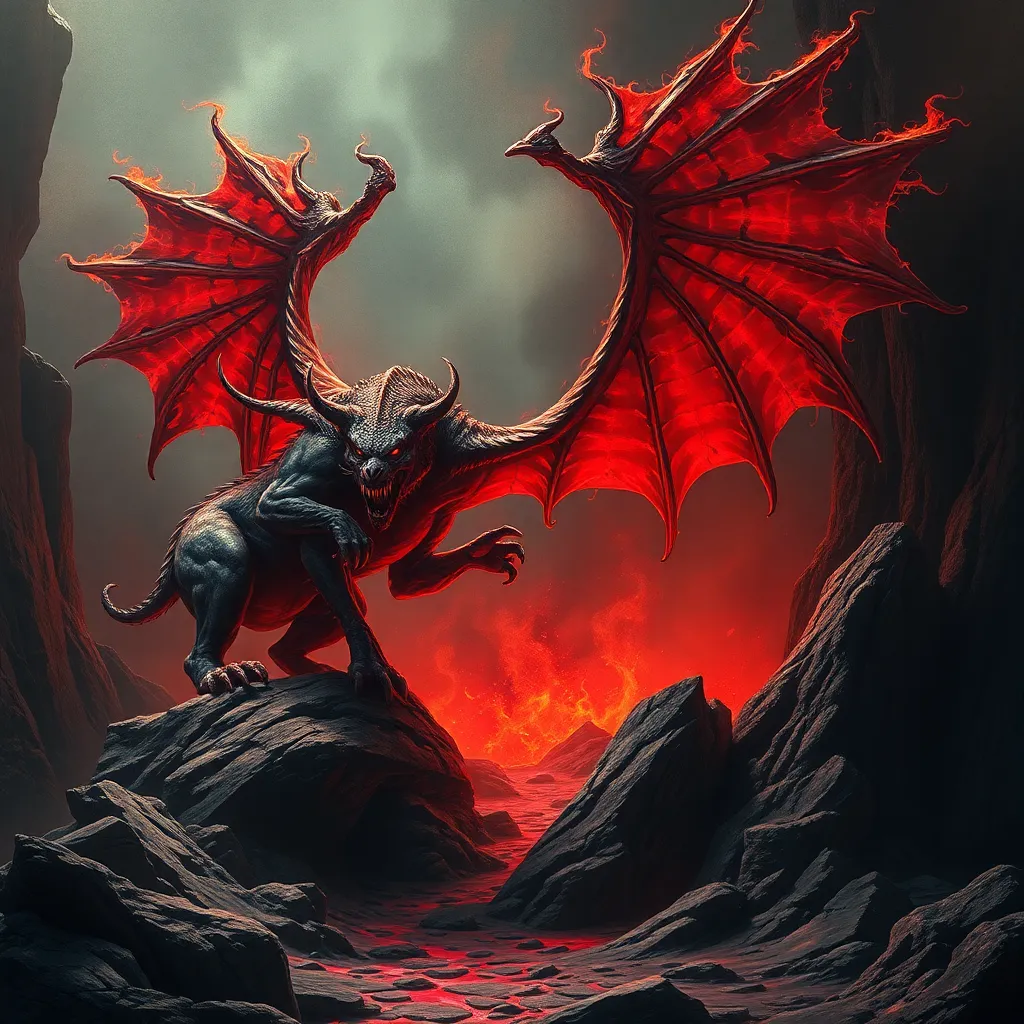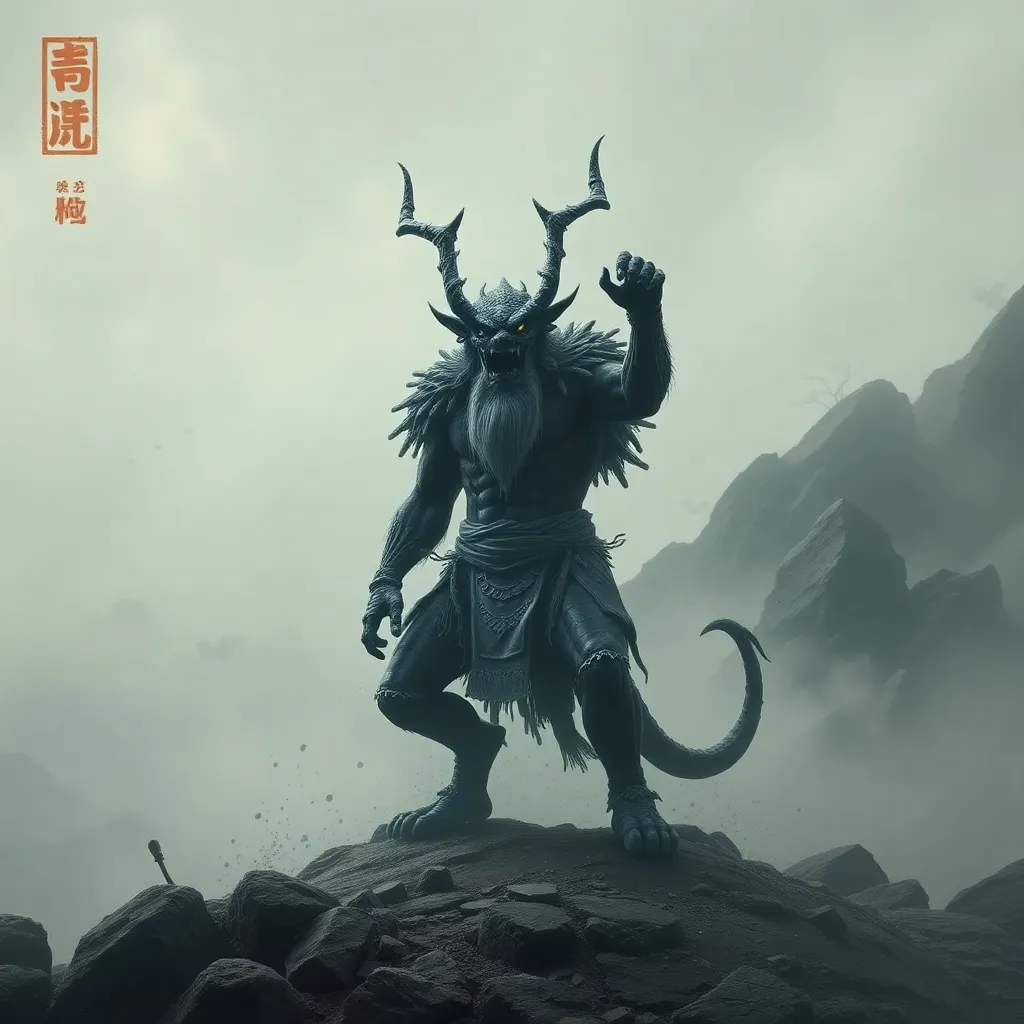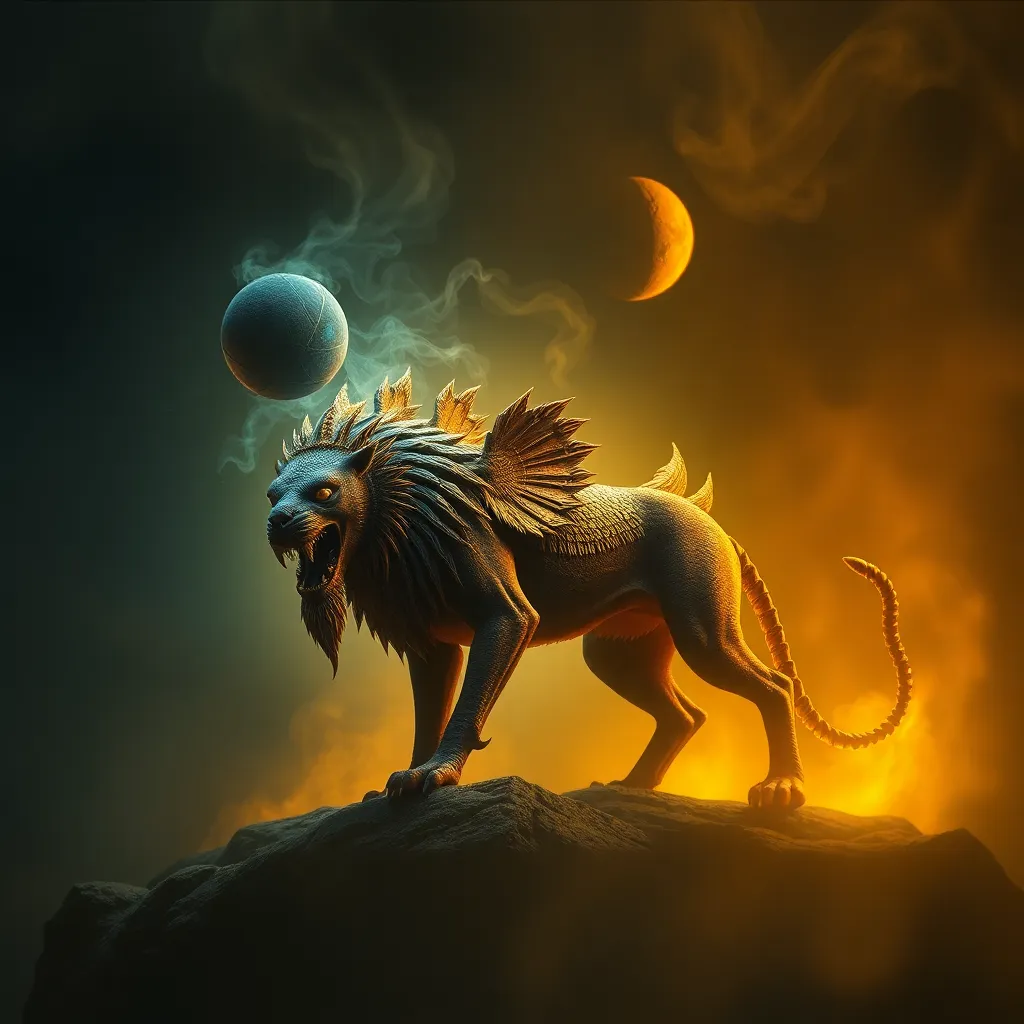The Manticore’s Tale: Dante’s Inferno and the Beast of Hell
I. Introduction
Dante Alighieri’s “Inferno” stands as a monumental work in the literary canon, encapsulating a vivid exploration of morality, sin, and the human condition. As the first part of his epic poem “The Divine Comedy,” “Inferno” delves into the complexities of the afterlife, presenting a structured vision of Hell that is both terrifying and enlightening.
Among the myriad of symbols and creatures that populate Dante’s Hell, the Manticore emerges as a compelling figure, representing terror and complexity. This mythical beast, with its lion’s body, human face, and scorpion’s tail, embodies the duality of nature and the multifaceted aspects of evil.
This article aims to explore the Manticore’s significance within the context of Dante’s “Inferno,” arguing that its presence enhances our understanding of the themes of sin, punishment, and the nature of evil.
II. The Origins of the Manticore in Mythology
The Manticore has roots in ancient mythology, appearing in various texts throughout history. Originating from Persia, the name “Manticore” comes from the Persian term “Mardikhora,” meaning “man-eater.” This creature was described by ancient scholars such as Ctesias and later Pliny the Elder, who recounted its fearsome attributes.
The Manticore is characterized by a combination of physical features:
- Lion’s Body: Symbolizing strength and bravery.
- Human Face: Representing intelligence and cunning.
- Scorpion’s Tail: Signifying danger and the capacity to inflict harm.
Through these attributes, the Manticore becomes a cultural symbol of danger and the unknown, reinforcing its significance in various mythologies. It often reflects the fears and moral lessons of the societies that birthed it.
III. Dante’s Inferno: An Overview
Dante’s “Inferno” narrates the journey of the protagonist, Dante himself, through the nine circles of Hell, guided by the Roman poet Virgil. Each circle of Hell symbolizes different types of sin, ranging from the relatively benign to the most heinous offenses against divine law.
The structure of “Inferno” is meticulously organized, with each of the nine circles representing a specific sin:
- Limbo
- Lust
- Gluttony
- Avarice
- Wrath
- Heresy
- Violence
- Fraud
- Treachery
Key themes of sin and retribution pervade Dante’s narrative, emphasizing the consequences of human actions and the moral order of the universe. Each sin is met with a fitting punishment, illustrating the principle of contrapasso, where the punishment reflects the nature of the sin committed.
IV. The Manticore’s Representation of Sin
The Manticore can be analyzed as an embodiment of various sins present in Dante’s “Inferno.” Its hybrid nature reflects the complexity of human transgressions—how individuals can embody multiple flaws simultaneously. For instance, the Manticore’s lion aspect symbolizes pride, while its scorpion tail represents malice.
In Dante’s work, hybrid creatures often signify the unnatural and the corrupted, highlighting the connection between sin and monstrosity. The Manticore serves as a warning against the dangers of succumbing to one’s base instincts, illustrating how fear and monstrosity intertwine with the concept of sin.
V. The Manticore as a Symbol of Punishment
In the context of Dante’s Hell, the Manticore’s potential role can be visualized in various forms of punishment. Its fearsome qualities make it a fitting representation of the torment faced by sinners. While Dante does not specifically mention the Manticore in “Inferno,” its characteristics align with other beasts that represent punishment, such as the Minotaur and Cerberus.
Comparisons can be drawn between the Manticore and these beasts:
- Minotaur: Represents the sin of violence and the savagery of man.
- Cerberus: Embodies gluttony and the insatiable nature of sin.
The interplay of justice and vengeance is evident in Dante’s portrayal of Hell, where each creature symbolizes the moral order and the consequences of wrongdoing. The Manticore, with its lethal tail and predatory instincts, could serve as a metaphor for inevitable retribution, reinforcing the idea that one’s sins will ultimately lead to their downfall.
VI. Themes of Transformation and Redemption
The Manticore can also be viewed as a metaphor for the loss of humanity. Its hybrid form symbolizes the degradation of the soul when one succumbs to sin. In Dante’s vision, the transformation from human to beast signifies a departure from divine grace and the potential for redemption.
While the Manticore epitomizes sin, it also raises questions about the possibility of redemption. Dante’s narrative suggests that even the most corrupted souls have the opportunity for salvation, provided they recognize their transgressions and seek forgiveness.
Thus, the role of the Manticore highlights the consequences of sin, serving as a reminder of what is at stake when one engages in immoral behavior. Redemption, in Dante’s worldview, is always attainable, but the path to it is fraught with challenges.
VII. The Manticore in Contemporary Interpretation
Modern interpretations of Dante’s “Inferno” frequently engage with the Manticore, reflecting contemporary concerns about morality and ethics. In a world where the boundaries between good and evil are often blurred, the Manticore serves as a potent symbol of the complexities inherent in human nature.
Artists and writers continue to draw inspiration from Dante’s work, illustrating the Manticore in various forms:
- Literature: Novels and poems that explore themes of duality and monstrosity.
- Visual Arts: Paintings and sculptures that depict the Manticore as a representation of fear and moral decay.
- Film and Media: Adaptations that incorporate the Manticore as a character or symbol within narratives exploring the nature of evil.
The relevance of the Manticore in contemporary discussions of morality emphasizes its enduring legacy as a symbol of the complexities of human existence.
VIII. Conclusion
In conclusion, the Manticore’s significance in Dante’s “Inferno” is multifaceted, representing the intricate relationship between sin, punishment, and the potential for redemption. As a symbol of evil and complexity, the Manticore challenges readers to confront the darker aspects of human nature.
Through the exploration of this mythical beast, we gain a deeper understanding of Dante’s moral framework and the consequences of our actions. The Manticore remains a powerful reminder of the eternal struggle between good and evil, as well as the possibility of transformation and redemption in the face of our most profound failings.



